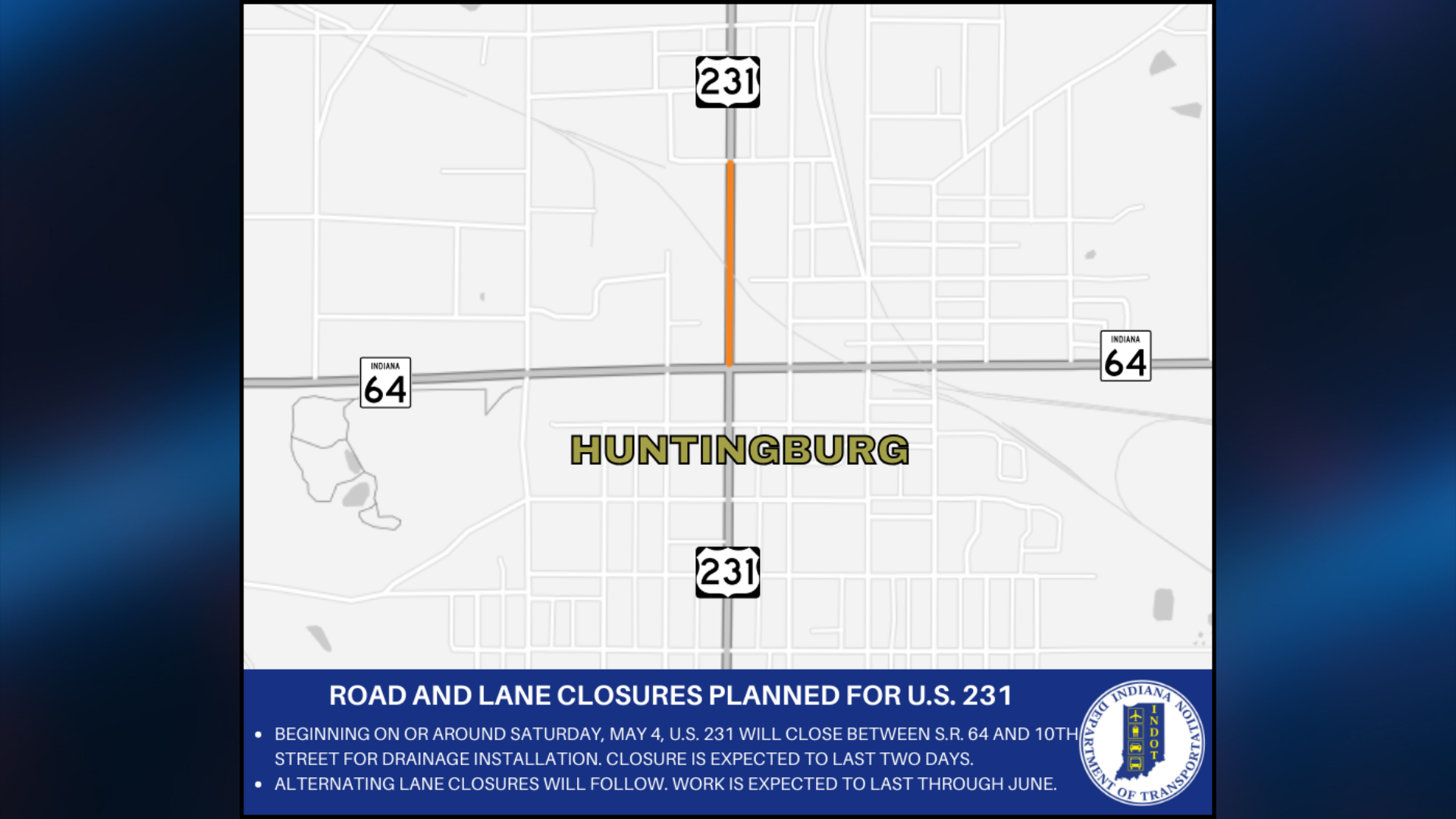As Dubois County CARES recognizes April as Alcohol Awareness Month, the nonprofit organization is sharing some lesser known statistics about Dubois County students from the 2023 Indiana Youth Survey.
The survey is administered by Prevention Insights of Indiana University’s School of Public Health in partnership with the Dubois County Coalition for Adolescent Resilience and Empowerment Strategies. Dubois County students in grades six through 12 participate in the survey annually.
The first look is at “age of first use,” the age adolescents were when they first started using alcohol.
Research has shown that the younger a person is when they begin using alcohol, the more likely they are to experience alcohol dependence and abuse. Compared to those who begin drinking at age 21 or older, those who begin drinking before age 14 are more likely to experience alcohol dependence later in life.
Here are the local numbers:
Sixth grade: 90.6 percent never used; 6.1 percent started by age 10; an additional 3.3 percent started before age 14.
Seventh grade: 91.1 percent never used; 4.8 percent started by age 10; an additional 4.1 percent started before age 14.
Eighth grade: 88.2 never used; 4.1 percent started by age 10; an additional 6.1 percent started before age 14.
Ninth grade: 89.2 percent never used; 1.9 percent started by age 10; and additional 4.4 percent started before age 14.
Tenth grade: 83.1 percent never used; 1.3 percent started by age 10; an additional 4.2 percent started before age 14.
Eleventh grade:75.1 percent never used; 1.9 percent started by age 10; an additional 4.3 percent started before age 14.
Twelfth grade: 72.7 percent never used; 0 percent started by age 10; an additional 4.6 percent started before age 14.
Now take a look at drinking and binge drinking, specifically how these numbers increase for students deemed mentally stressed. The survey defines binge drinking as consuming five or more alcoholic drinks in a row. The questions about drinking covered the past month; the questions about binge drinking specified in the past two weeks.
Based on answers to a particular subset of survey answers, the administrators were able to break down the drinking and binge-drinking results for those students who are mentally healthy versus those deemed mentally distressed.
Here are those survey results:
Sixth grade: 3.3 percent reported drinking; of those mentally healthy, 1.9 percent reported drinking; of those mentally distressed, 6.1 percent reported drinking. Sixth-graders were not asked about binge drinking.
Seventh grade: 5.3 percent reported drinking; of those mentally healthy, 3.6 percent reported drinking; of those mentally distressed, 10.4 percent reported drinking. 1.6 percent reported binge drinking; of those mentally healthy, .6 percent reported binge drinking; of those deemed mentally distressed, 4.7 reported binge drinking.
Eighth grade: 5 percent reported drinking; of those mentally healthy, 1.4 percent reported drinking; of those mentally distressed, 14.6 percent reported drinking. 2 percent reported binge drinking; of those mentally healthy, .3 percent reported binge drinking; of those deemed mentally distressed, 6.6 percent reported binge drinking.
Ninth grade: 5.4 percent reported drinking; of those mentally healthy, 2.6 percent reported drinking; of those mentally distressed,13.6 percent reported drinking. 1.2 percent reported binge drinking; of those mentally healthy, .3 percent reported binge drinking; of those deemed mentally distressed, 4.1 percent reported binge drinking.
Tenth grade: 10 percent reported drinking; of those mentally healthy, 8.6 percent reported drinking; of those mentally distressed,15.7 percent reported drinking. 3 percent reported binge drinking; of those mentally healthy, 2.6 percent reported binge drinking; of those deemed mentally distressed, 4.6 percent reported binge drinking.
Eleventh grade: 17 percent reported drinking; of those mentally healthy, 11.7 percent reported drinking; of those mentally distressed, 31.7 percent reported drinking. 7.6 percent reported binge drinking; of those mentally healthy, 5.1 percent reported binge drinking; of those deemed mentally distressed, 14.7 percent reported binge drinking.
Twelfth grade: 17.4 percent reported drinking; of those mentally healthy, 13.4 percent reported drinking; of those mentally distressed, 30.1 percent reported drinking. 8.2 percent reported binge drinking; of those mentally healthy, 6.3 percent reported binge drinking; of those deemed mentally distressed, 14.5 percent reported binge drinking.
These statistics indicate why CARES spends time and resources on teaching young people coping skills and making them aware of mental health resources available to them.
“We want our youth to deal with life stressors in a healthy way,”said Candy Neal, director of Dubois County CARES. “We don’t want them to use alcohol or substances to deal with stress. Using alcohol or other addictive substances hurts a person’s physical, emotional and mental state – that has been proven time and time again.”




